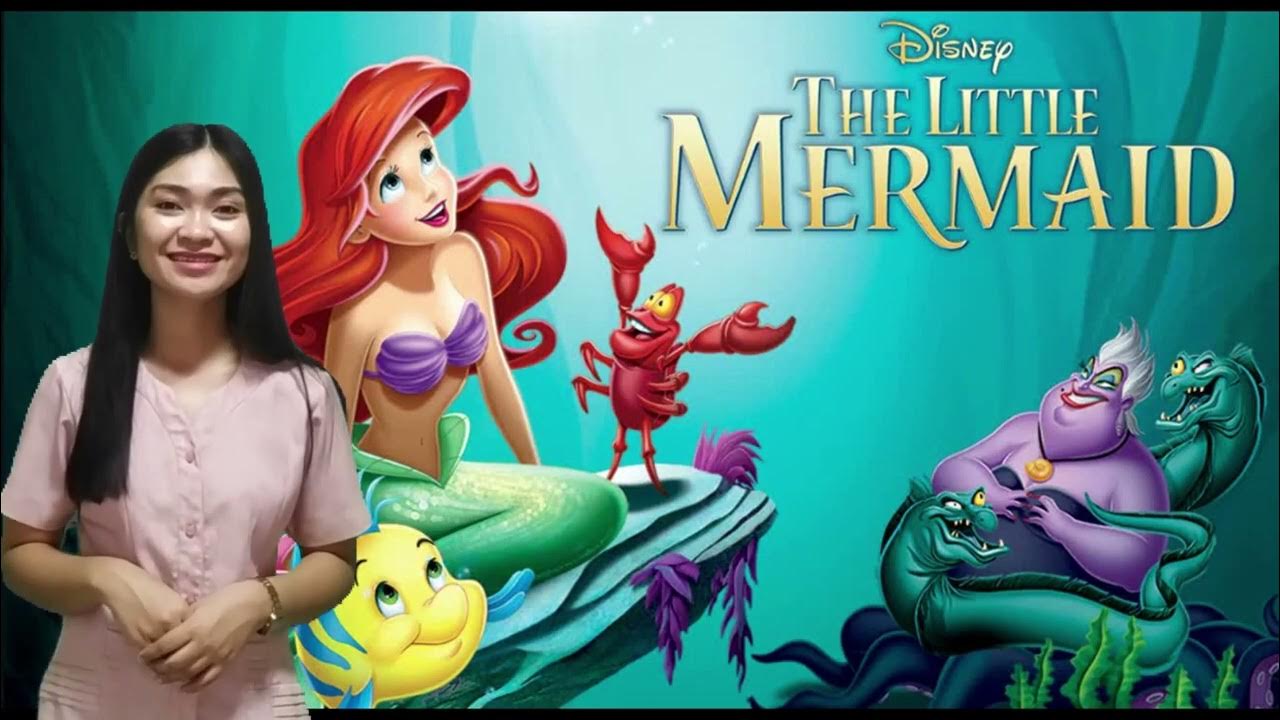CREATIVE NONFICTION - Different Literary Elements (Module 1-Lesson 2)
Summary
TLDRIn this creative non-fiction class, teacher Diane introduces literary elements as essential writing techniques to immerse readers in narratives. She outlines their main purposes: enhancing special effects, connecting with the audience, adding interest, conveying abstract information, and creating vivid imagery. The class highlights the importance of devices like foreshadowing, metaphors, and personification in engaging readers and deepening their understanding of a story's themes and concepts.
Takeaways
- 📚 Literary elements are writing techniques that create special effects and immerse readers in a narrative.
- 🛠 Literary elements are essential tools for writers to craft their stories effectively.
- 🎨 Common literary devices include allusion, diction, foreshadowing, imagery, metaphors, simile, and personification.
- ✨ Using literary devices adds special effects and enhances storytelling by showing rather than telling.
- 🔗 Literary devices help establish a connection with the audience, encouraging deeper engagement with the content.
- 🎣 Incorporating literary techniques hooks the reader's interest, making the story more vivid and engaging.
- 💭 Literary devices allow writers to convey abstract information and themes without directly stating them.
- 🖼 Imagery and other literary devices help create clear and vivid pictures in the reader's imagination.
- 🌟 Famous authors often rely on literary elements to strengthen their writing and captivate readers.
- 📖 Common reasons for using literary devices include illustrating the storyline, clarifying points, engaging readers, and enhancing the reading experience.
Q & A
What are literary elements, according to the script?
-Literary elements are writing techniques used to create artistic special effects that immerse the reader into a narrative. They are considered as main tools in a writer's toolbox.
Can you name some popular literary devices mentioned in the script?
-Some popular literary devices mentioned include allusion, diction, foreshadowing, imagery, metaphors, simile, and personification.
Why is it important to use literary devices in writing?
-Using literary devices in writing is important because they add special effects, help establish connections with the audience, make the story more interesting, convey abstract information, and create clear and vivid pictures with words.
How do literary devices help in establishing a connection with the audience?
-Literary devices help establish a connection with the audience by bringing the reader into the story and encouraging them to connect with the content, which can lead to a deeper reading comprehension.
What role do literary devices play in making a story more interesting?
-Literary devices add vivid color and interest to the words, helping to avoid making the story dull or boring, thus hooking the reader.
How can literary devices be used to convey abstract information?
-Literary devices can help the author convey abstract concepts or information by communicating the work's overall meaning or theme without directly stating it.
What is the significance of imagery as a literary device?
-Imagery as a literary device helps create visual pictures or images in the reader's imagination, making the text more vivid and engaging.
What are some reasons authors use literary devices, as outlined in the script?
-Authors use literary devices to illustrate the storyline, clarify points or concepts, convey abstract information, draw attention to important pieces, engage readers, encourage deeper interaction, and enhance the reader's experience.
How can studying famous authors help someone become a better writer?
-Studying famous authors can help someone become a better writer by showing how often they rely on literary elements to strengthen their composition, which can be learned and applied in one's own writing.
What final advice does the script offer to aspiring writers?
-The script advises aspiring writers to read more and study the works of great writers, as this will help them understand how to use literary elements effectively in their own writing.
Outlines

Dieser Bereich ist nur für Premium-Benutzer verfügbar. Bitte führen Sie ein Upgrade durch, um auf diesen Abschnitt zuzugreifen.
Upgrade durchführenMindmap

Dieser Bereich ist nur für Premium-Benutzer verfügbar. Bitte führen Sie ein Upgrade durch, um auf diesen Abschnitt zuzugreifen.
Upgrade durchführenKeywords

Dieser Bereich ist nur für Premium-Benutzer verfügbar. Bitte führen Sie ein Upgrade durch, um auf diesen Abschnitt zuzugreifen.
Upgrade durchführenHighlights

Dieser Bereich ist nur für Premium-Benutzer verfügbar. Bitte führen Sie ein Upgrade durch, um auf diesen Abschnitt zuzugreifen.
Upgrade durchführenTranscripts

Dieser Bereich ist nur für Premium-Benutzer verfügbar. Bitte führen Sie ein Upgrade durch, um auf diesen Abschnitt zuzugreifen.
Upgrade durchführenWeitere ähnliche Videos ansehen
5.0 / 5 (0 votes)






